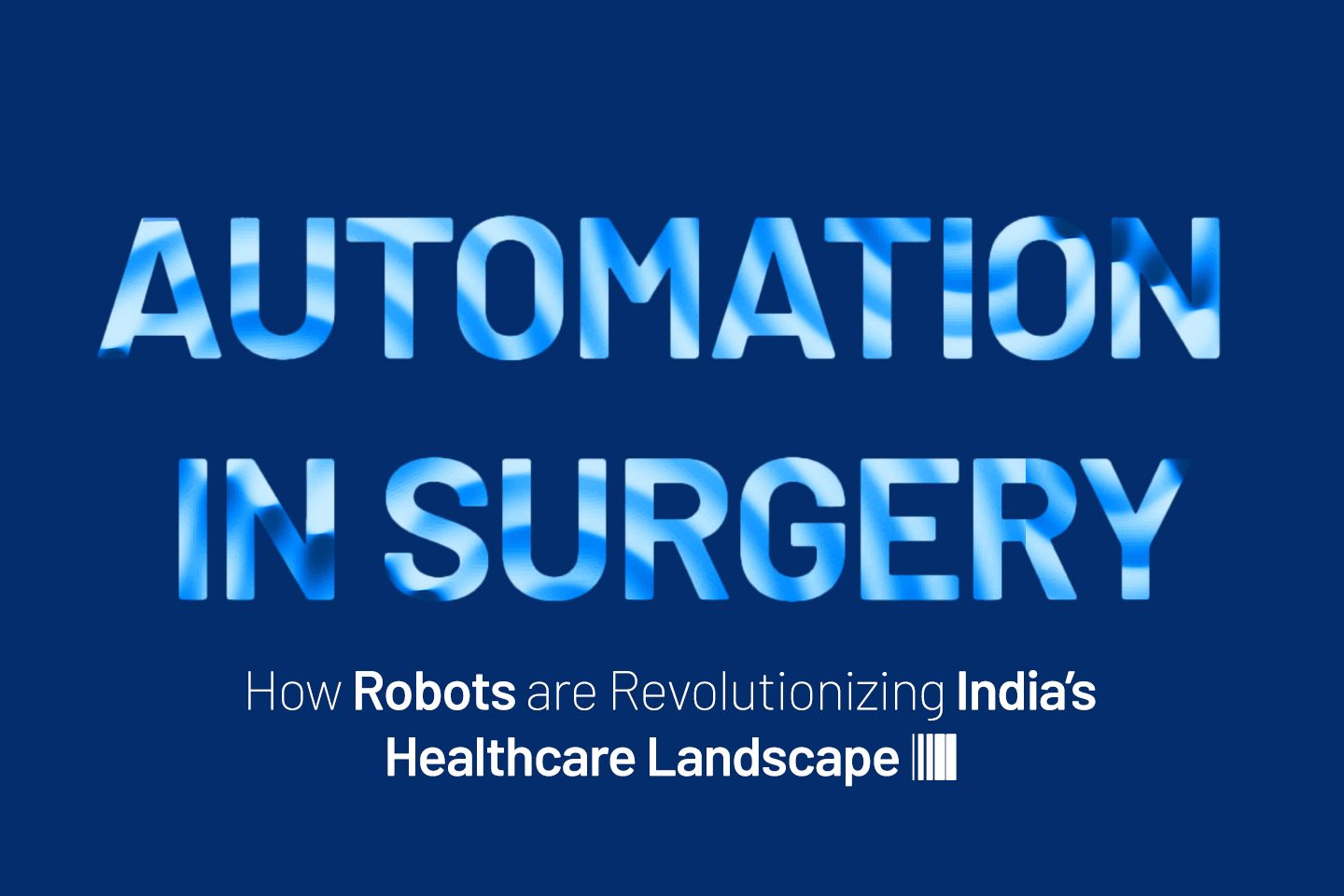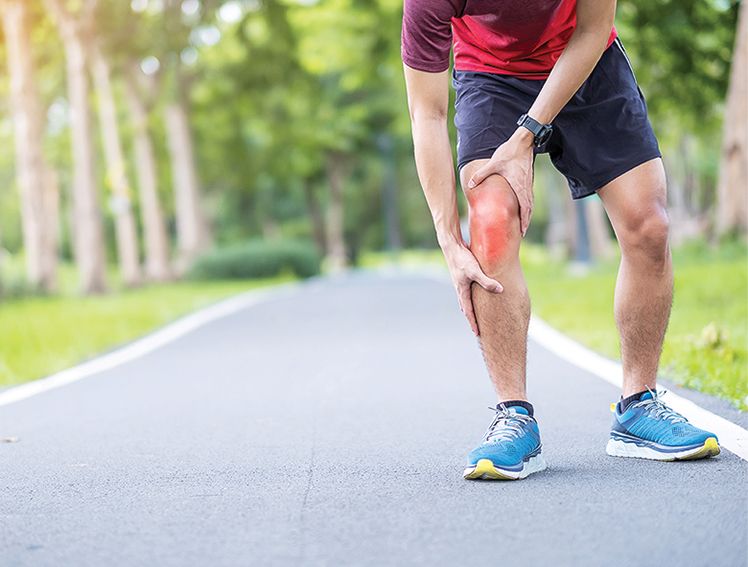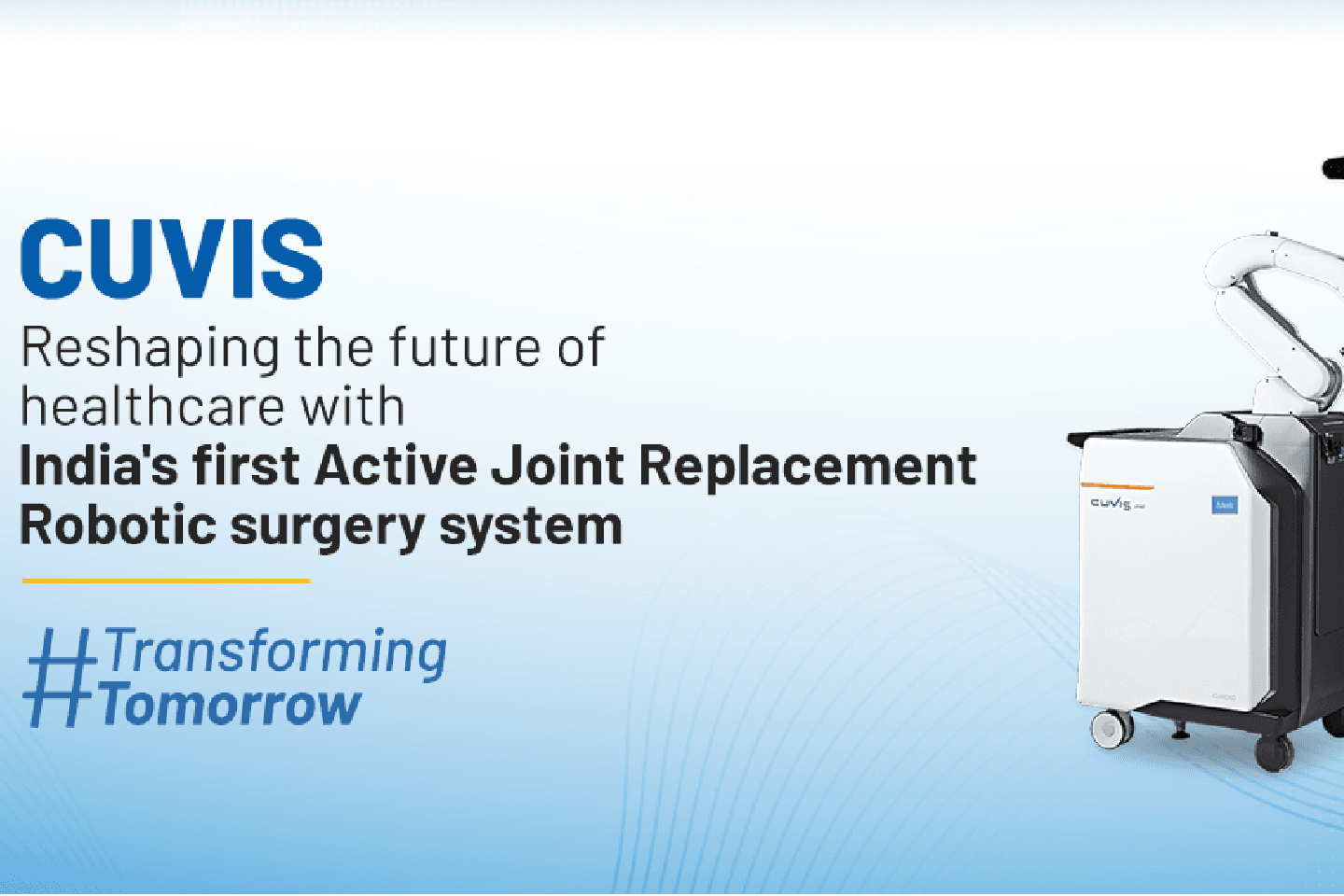
Since the debut of the first surgical robot, Puma 560, in 1985, there has been increasing reliance on robotic surgery in medicine for greater precision and safety1. Surgical robots have improved the dexterity of surgeons by eliminating hand tremor and greatly increasing the angles at which instruments can operate1. Consequently, they’ve helped reduce the harmful impacts of invasive surgery and thus, duration of hospitalization.
Over the decades, surgical robots have been employed in a range of medical fields, such as urology, gynaecology, and orthopaedics, across diverse surgical procedures, like laparoscopy, thoracoscopy, and arthroscopy1,2. The first generation of surgical robots, called “stereotaxic robots”, were used to perform precision-guided brain biopsies. The SCARA robot, ROBODOC, and AcroBot are prime examples. The second generation of surgical robots were typically used to improve the capabilities of endoscopic platforms like laparoscopy and thoracoscopy. Therefore, robots of this generation, like the PROBOT developed at Imperial College London, Computer Motion’s Zeus, and Intuitive Surgery’s da Vinci, are referred to as “endoscopic robots”.
In 2000, the All-India Institute of Medical Sciences in New Delhi became the first institute in India to have its own surgical robot. Since then, the number of such robotic systems has seen a gradual increase. As of 2021, there are nearly 76 fully functional surgical robots across India, and over 500 surgeons trained in robotic surgery3.
Meril is committed to improving patient lives globally through healthcare-related innovation and has contributed significantly to this improvement in India’s robotic surgery capabilities. Its state-of-the-art joint robotic surgery system CUVIS, is India’s first robotic surgery system, and first fully automated joint surgery robot4.
CUVIS stands out for its simplicity, flexibility, precision, and safety. It provides surgeons with the tools to analyse each patient’s unique anatomy and preplan the cuts that the system will make during surgery. This allows for maximum preservation of soft tissue and healthy bone. The system also comes with a highly accurate milling cutter which, combined with the personalized pre-planning, reduces side-effects of surgery and provides predictable results. Furthermore, CUVIS was developed with patient safety in mind. Its Bone Motion Monitor is capable of detecting the slightest patient movement during surgery and automatically ceasing operation.
HandX, a handheld robotic system, is a product from Meril that enhances surgical precision and flexibility in laparoscopic surgeries across specialties5. This hand-held device enables surgeons to replicate their wrist movements with a software-controlled 5-mm tip, while ensuring safety and easy integration into surgical workflows. Consequently, it enhances the surgeon's dexterity during complex surgeries and does not require a special docking/undocking process.
As part of its futuristic outlook, Meril strives to provide best-in-class patient solutions by keeping up with global industry trends, where currently, thanks to advances in biomimicry and bionics, there is significant headway in the development of third generation “bioinspired bots”1. Concurrently, research into fourth generation “microbats” is also progressing at an explosive pace1. It appears that robotic surgery is here to stay, and technical advancements will continue to enhance its adoption in clinical settings.
Recent advances in artificial intelligence are also stimulating theoretical ventures into the development of completely autonomous fifth generation surgical robots1. Powered by machine learning, these systems of the future may be capable of independent decision making and even greater precision when it comes to the execution of surgical operations.
Embracing assisted surgery and robotics is crucial for India's healthcare capacity. Integration of robotic surgical systems, across generations, in the healthcare space can reduce the workload across institutes, improve treatment outcomes for patients, and elevate the level of care that surgeons can provide.
Additionally, the more minds that work on improving such systems, the faster they can be advanced to a level that allows for cost optimization without compromising quality and safety. Done right, robotic surgery systems could ultimately be groundbreaking in terms of improving last mile healthcare accessibility in India. A transformative step towards advancing healthcare quality, robotic surgery promises to elevate the country’s standing on the global stage.
References
Ashrafian, H., Clancy, O., Grover, V. K., & Darzi, A. (2017). The evolution of robotic surgery: surgical and anaesthetic aspects. British Journal of Anaesthesia, 119, i72–i84. https://doi.org/10.1093/bja/aex383
Bargar, W. L. (2007). Robots in orthopaedic surgery: past, present, and future. Clinical Orthopaedics and Related Research®, 463, 31-36. https://doi.org/10.1097/blo.0b013e318146874f
Gupta, A., Chennatt, J., Singla, T., Rajput, D., & Bindal, V. (2022). Training and credentialing in Robotic Surgery in India: Current perspectives. Journal of Minimal Access Surgery, 18(4), 497. https://doi.org/10.4103/jmas.jmas_348_21
Meril Life Sciences Pvt. Ltd. (n.d.). Cuvis Joint Robotic System: Automated Robotic Surgery System by Meril Life. Meril Life. https://www.merillife.com/robot
HandX. (n.d.). [Video]. Meril Life. https://www.merillife.com/medical-devices/endosurgery/robotics/handheld-robotics-system/handx
SHARE NOW



